Energy drinks or sports drinks can be a super convenient way to simultaneously meet your hydration and carbohydrate needs.
However, a lot of commercial sports drinks have artificial ingredients such as chemical dyes and flavorings, making them a tricky option if you’re really trying to be mindful of putting healthy fuel into your body.
The good news is that you can learn how to make an energy drink at home, perfectly tailoring your journey juice to your cycling and preferences!
In this article, we’ll be sharing top tips on how to make an energy drink and a bunch of easy DIY sports drink recipes for cyclists (and other athletes!) to try.
We’ll be covering:
- How To Make An Energy Drink: The Basics
- 9 Great DIY Energy Drink Recipes for Cyclists
Ready for the lowdown on how to make an energy drink?
Let’s dive in!

How To Make An Energy Drink: The Basics
Before whipping out the blender, it’s worth understanding what ingredients go into a sports drink or energy drink and why each of these ingredients is helpful in the formulation.
Sports drinks essentially include four basic ingredients:
- Water
- Salts
- Acidity
- Sugars
Energy drinks typically have caffeine as well.
The water is what provides the fluids to hydrate the body. The salt helps replace sodium lost in sweat, and the acidity helps improve the taste.

Understanding Energy Drink Sugars
The sugars in a sports drink are typically from either glucose, fructose, sucrose, maltodextrin, or a combination of them.
Some sports drinks use artificial sweeteners, but these non-caloric sweeteners do not add nutritional value nor do they improve performance or provide energy.
Maltodextrin is a carbohydrate often used in sports drinks because it is easily digestible and less sweet than table sugar or plain glucose.
Therefore, if you don’t like an overly sweet flavor in your sports drink, maltodextrin can be a great alternative energy source.

If an energy drink is isotonic, that means it has a similar concentration of sugars and salts as the human body.
This makes the energy drink easier for your body to quickly absorb, replacing the carbohydrates and salts being lost during exercise.
Adding enough glucose, fructose, or sucrose table sugar to a sports drink to make it isotonic (6-8% solution) can result in a cloyingly sweet drink for some people.
Therefore, cutting the simple sugar content with maltodextrin can reduce the sweetness without cutting the carbohydrates or slowing absorption.
Studies suggest that sports drinks that combine fructose and glucose together are more easily absorbed during exercise than glucose-only solutions.
9 Great DIY Energy Drink Recipes for Cyclists
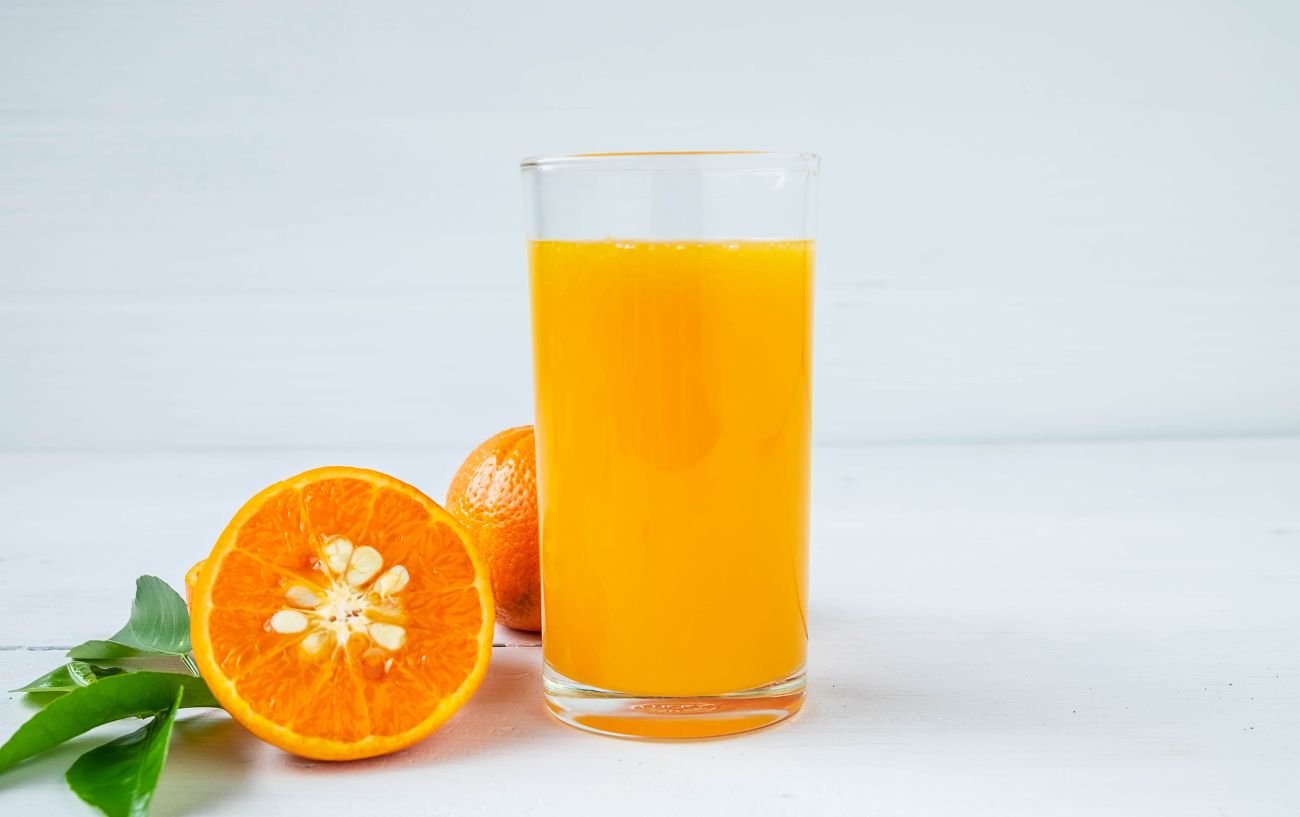
#1: How To Make An Energy Drink With Fruit Juice
Rather than adding straight-up table sugar or maltodextrin, you can also make your own sports drink using fruit juice, which is higher in fructose.
Here’s how to make an energy drink with fruit juice:
- Add 500 ml of your chosen fruit juice to a 1-liter bottle.
- Add half a teaspoon of salt or 1 to 2 electrolyte tablets.
- Top off the bottle with water.
It’s that easy!
One nice thing about this method is that the flavor of the juice is present in the energy drink by default, so you don’t have to find other ways to flavor your beverage.
It’s also easy to change up the flavors by using different types of juice, which can prevent palate fatigue. Juices that work well in sports drinks include pineapple juice, lemonade, cranberry juice cocktails, and apple juice.
Additionally, the sugars found in fruit juice (glucose and fructose) are readily absorbable during exercise.

#2: How To Make An Energy Drink With Honey
Honey is a great natural sweetener to add to your homemade sports drinks.
You can also substitute molasses, agave syrup, or maple syrup if you prefer, although honey tends to have a more neutral flavor.
Here’s how to make an energy drink with honey:
- Fill 700 ml of water in a 1-liter bottle.
- Add 2 tablespoons (40 grams) of honey.
- Add half a teaspoon of salt.
- Add either 230 ml (1 cup) of orange juice or pineapple juice, or 115 ml (1/2 cup) of lemon or lime juice, and top the bottle off with water.
Depending on the juice that you use, this sports drink recipe will provide about 60 grams of carbohydrates per 1000 mL, so you’re making a 6% carbohydrate solution.
You can add more honey and or more juice to increase the carbohydrate content.
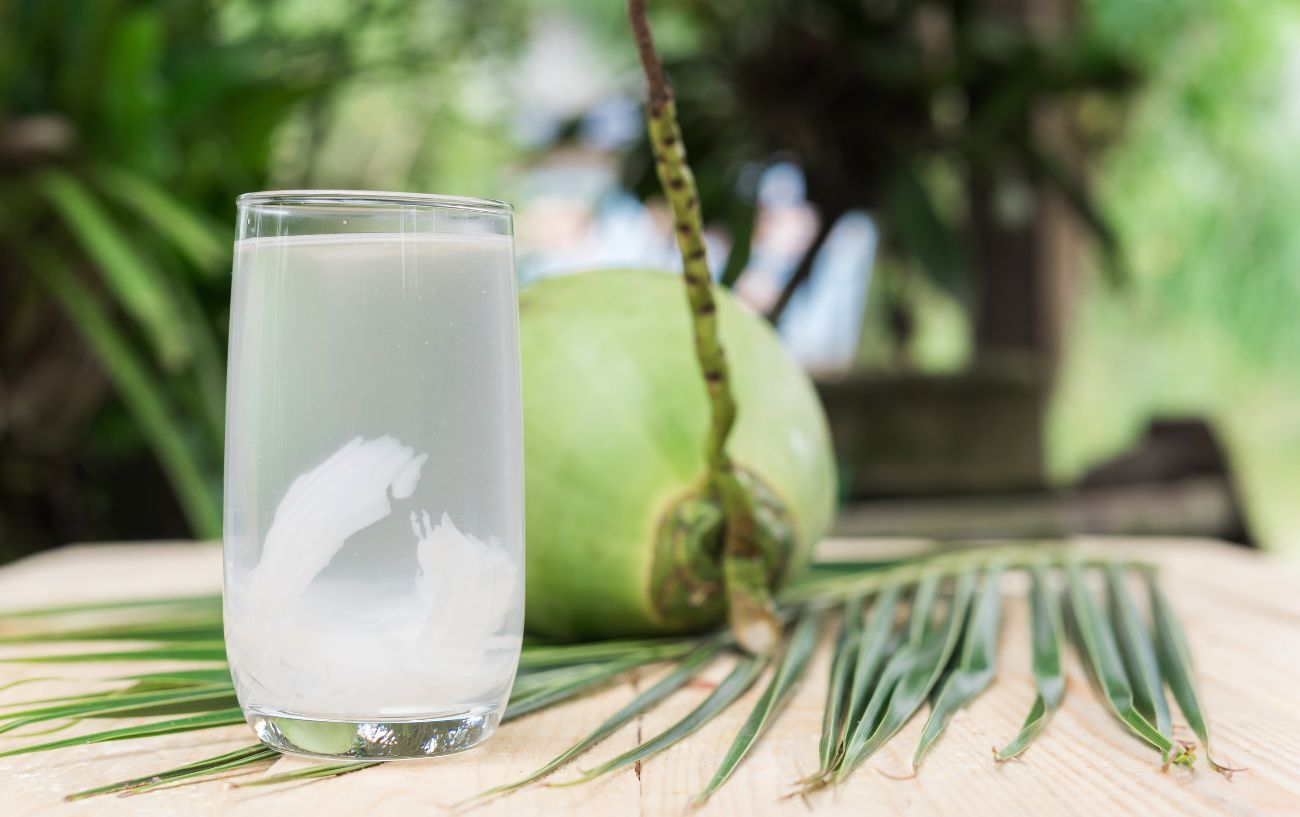
#3: How To Make An Energy Drink With Coconut Water
Coconut water makes a great base for sports drinks because it is a natural source of potassium, so it’s great for hydrating your body.
Coconut water already contains about 6 grams of sugar per cup (240 ml), 252 mg of sodium, and 600 mg of potassium.
Therefore, if you are using straight-up coconut water, add an additional 1/4 teaspoon of salt per and another 40 grams of sugar per liter.
You can also dilute the coconut water but then you will need to add additional sodium and sugar.
A tasty alternative is to use 3 cups of coconut water and one cup of pineapple juice along with 1/4 teaspoon of salt. This is like a homemade tropical piña colada sports drink.
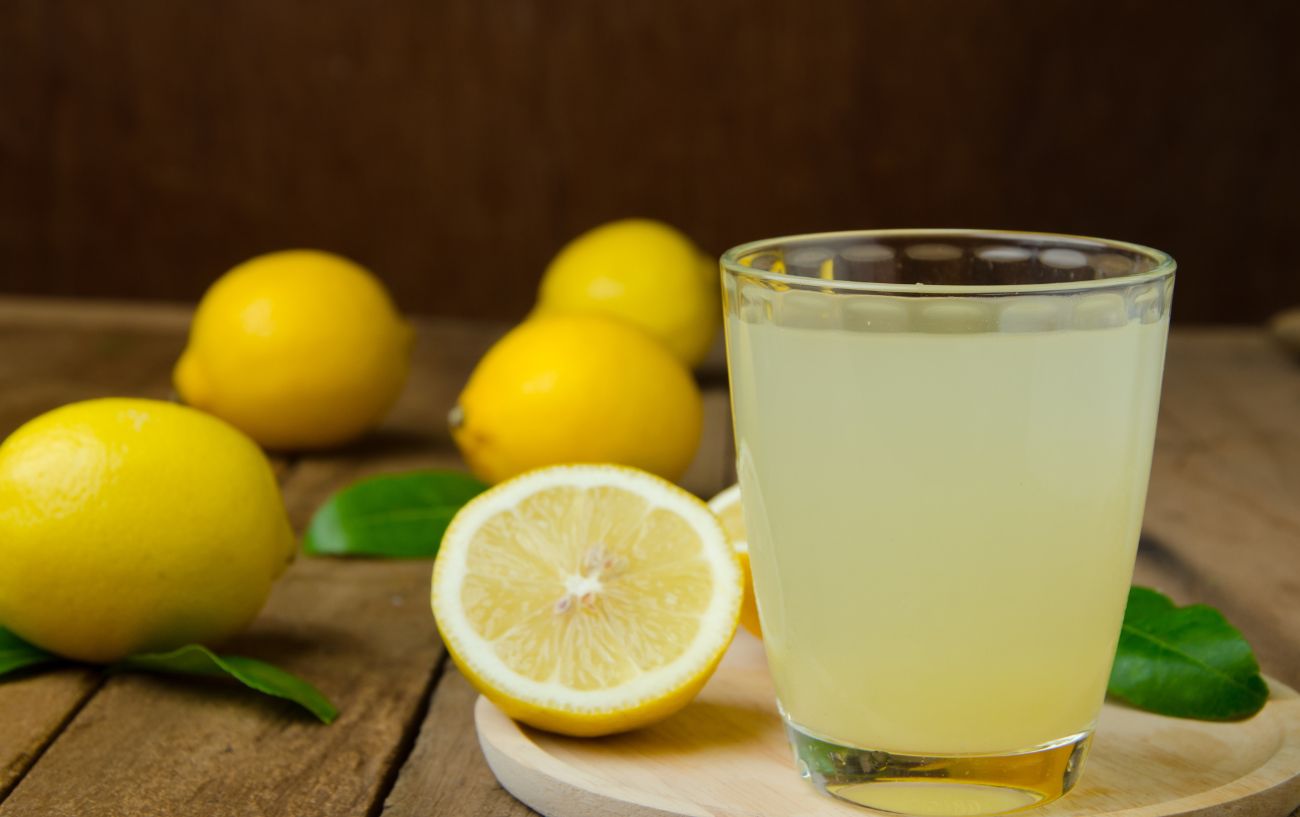
#4: How To Make An Energy Drink With Lemon
Adding some form of acidity – typically lemon, lime, or orange – makes an energy drink much more palatable because it cuts down on the sharpness of the sodium.
In other words, by introducing a tart or acidic flavor, your taste buds are not as sensitive to the saltiness of the drink.
To add lemon flavor to your sports drinks, you can either juice fresh lemons into the water or you can add lemon juice concentrate or powdered lemon.
A good ratio is to add 1/8 cup of lemon juice per cup of water used or about 1/2 cup lemon juice per liter of water.
Then add 60 to 80 g of sugar or honey, depending on the carbohydrate concentration that you are going for, and 1/2 teaspoon of salt.
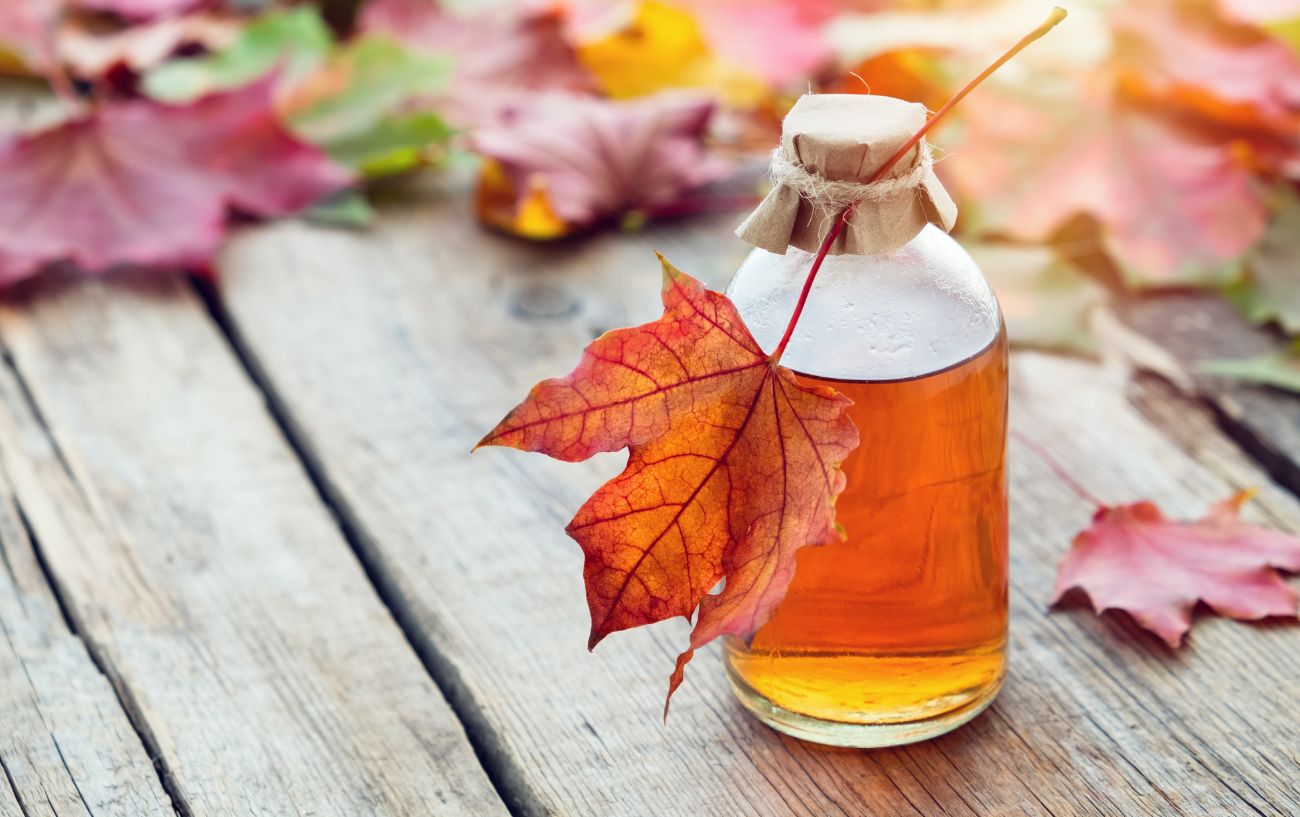
#5: How To Make An Energy Drink With Maple Syrup
Maple syrup has actually become a pretty popular natural food alternative to energy gels, particularly among marathon runners, but cyclists have also adopted the practice.
Maple syrup is high in fructose and also contains glucose, so it is readily absorbed.
You can make your own sports drink with maple syrup using:
- 1/4 cup of pure maple syrup
- 3 and 3/4 cups of water
- 1/2 teaspoon of salt
This DIY sports drink recipe will make about 32 ounces. Some cyclists even add a pinch of cayenne to round out the flavor palette.
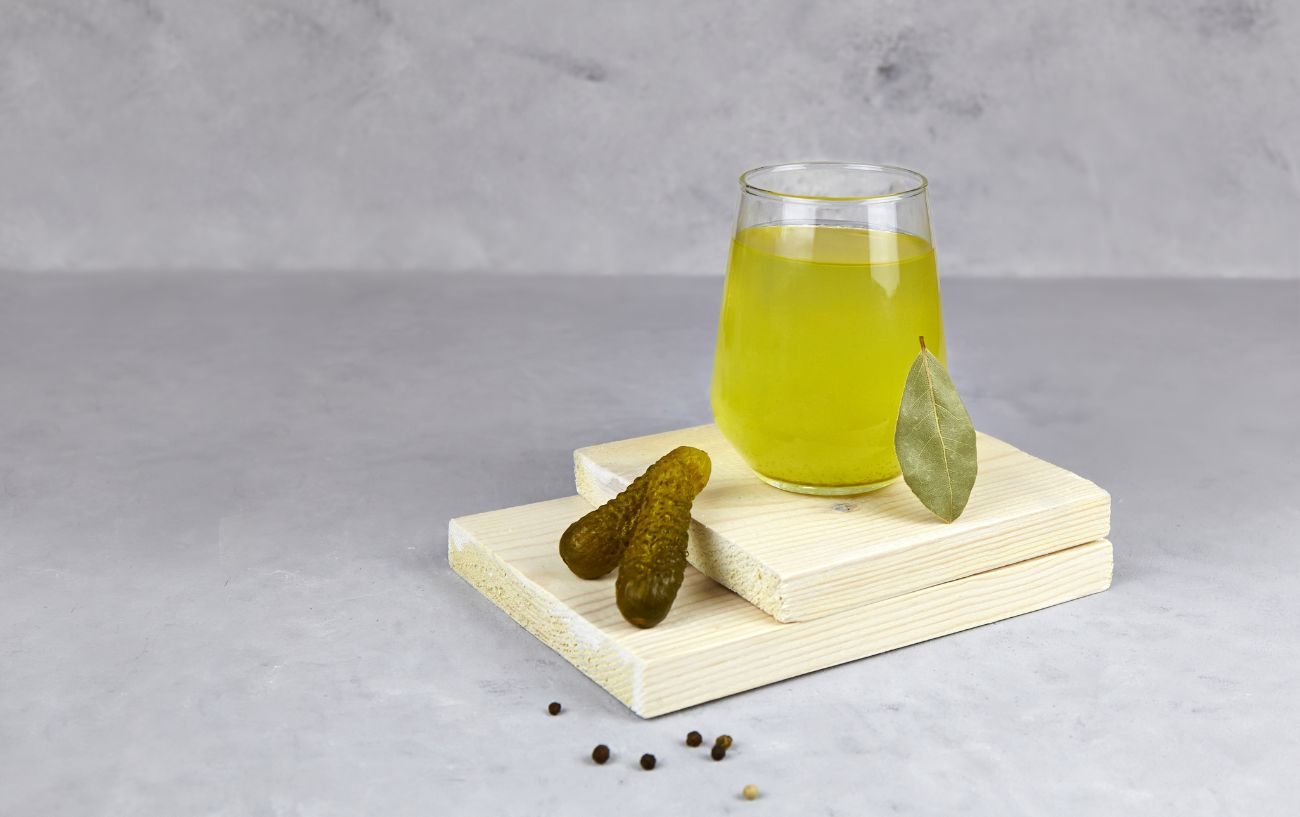
#6: How To Make An Energy Drink With Pickle Juice
It may sound odd, but pickle juice is a surprisingly popular sports drink alternative.
It’s well-suited to cyclists who prefer to keep artificial colors and dyes out of their bodies but still want the electrolyte boost during exercise.
Drinking pickle juice while cycling isn’t a taste that everyone will naturally gravitate towards, but many people ultimately find it to be a great solution for hydrating on the bike.
To make your own sports drink with pickle juice, add 1 tablespoon (20 grams) of honey for every cup (230 ml). This will make approximately an 8% solution.
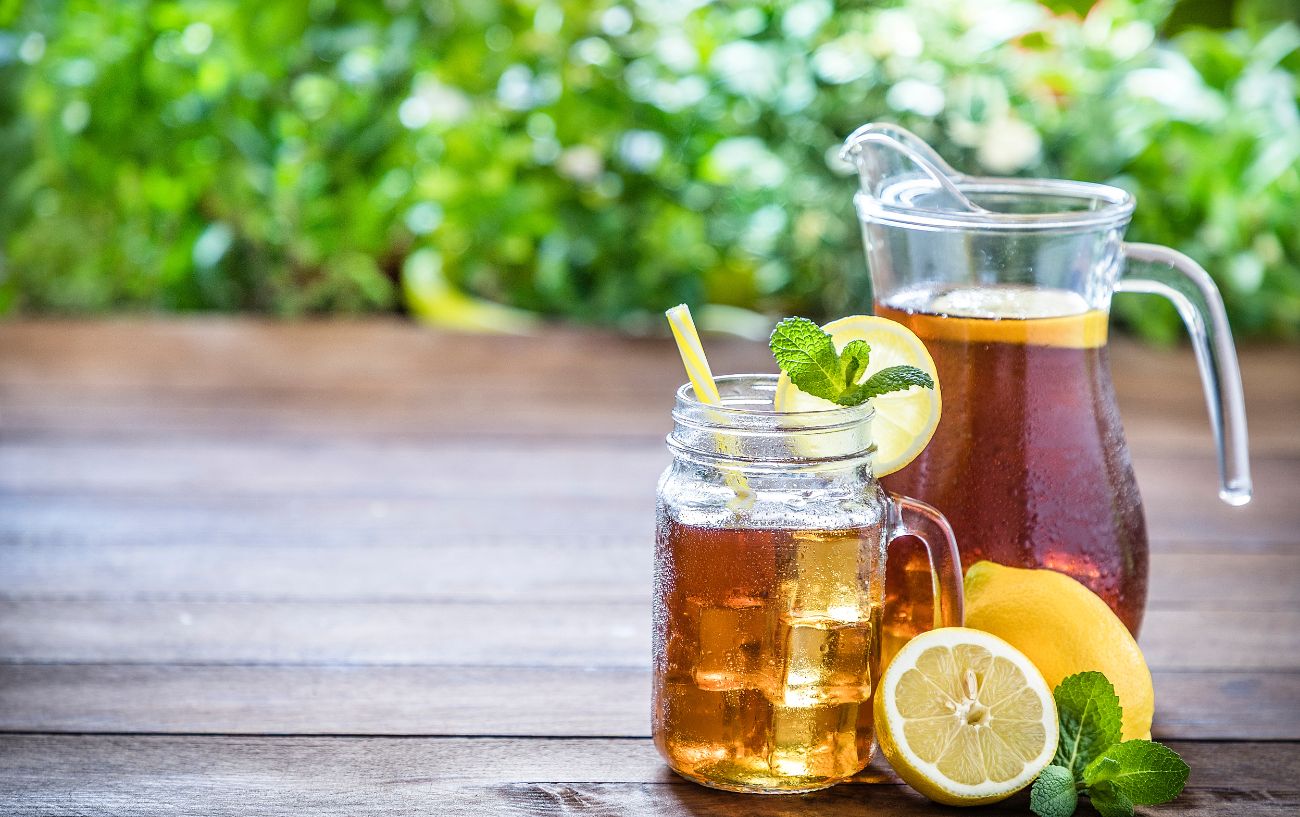
#7: How To Make An Energy Drink With Tea
It’s not particularly easy to add caffeine to homemade energy drinks, but using tea (black or green, in particular) is a good way to get a bit of a caffeine fix.
Make 1 liter of concentrated iced tea, using your favorite caffeinated tea. Add 3 to 4 tablespoons of honey (60-80 grams) and a 1/2 teaspoon of salt.
You can further flavor the tea with lemon juice.
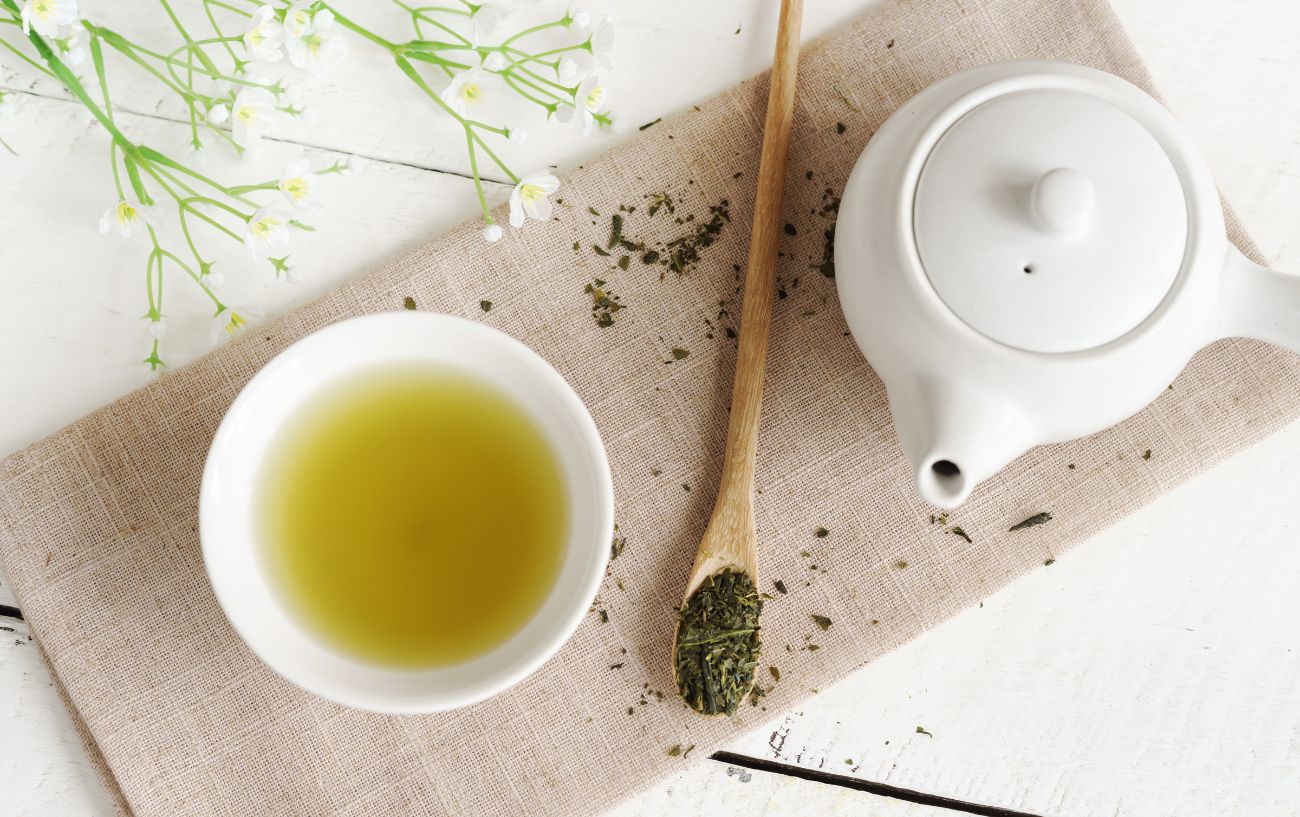
#8: How To Make An Energy Drink With Mint, Ginger, and Green Tea
If you prefer a fresher, more unique flavor to your sports drink, you might enjoy this ginger-mint green tea energy drink.
Add 3 to 4 bags of green tea to 3 cups of cold water.
Then add 4 slices of lemon, 3 sprigs of fresh mint, 3-4 tablespoons of honey, and a 1-inch piece of ginger and allow it to steep overnight.
It’s a surprisingly refreshing, zingy homemade energy drink that will shake things up compared to your normal bottle of Gatorade!
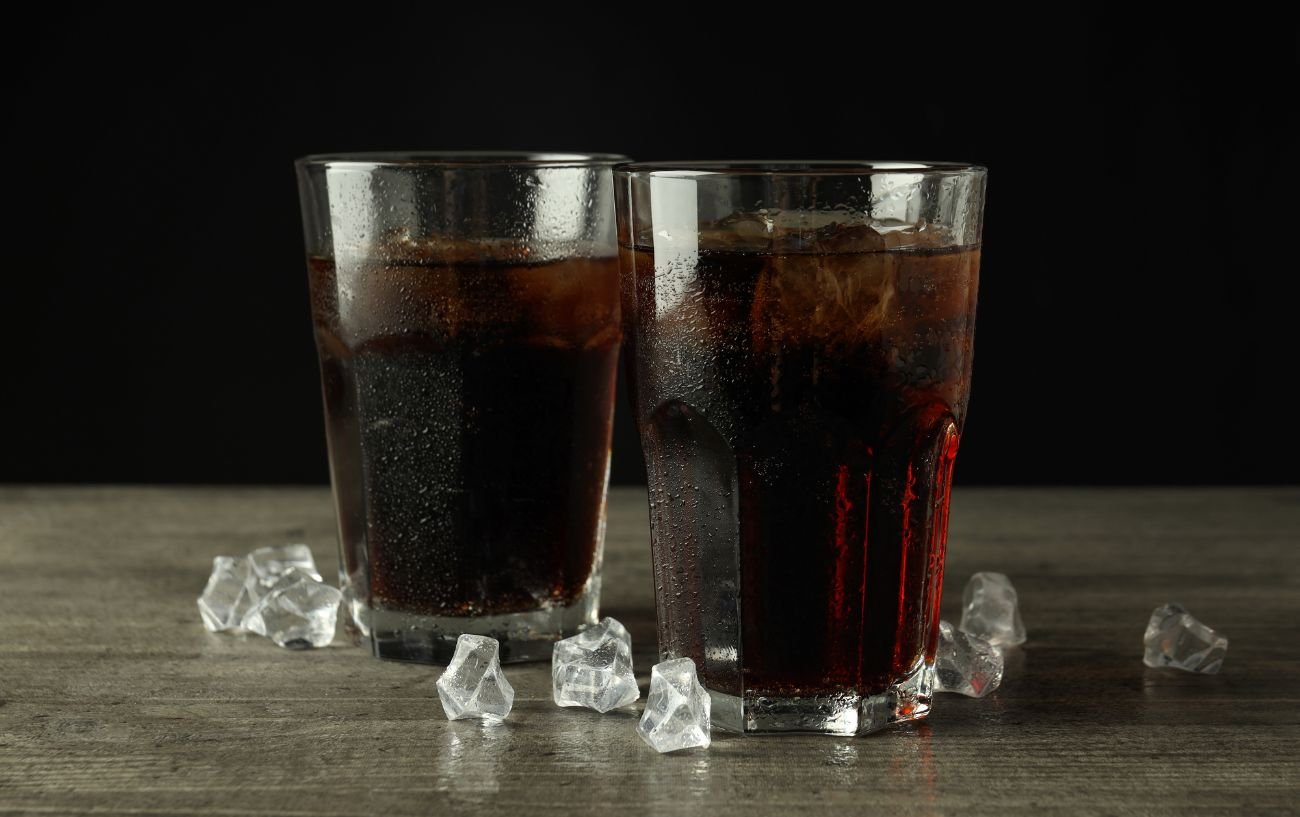
#9: How To Make An Energy Drink With Coke
You can also make a homemade energy drink with flattened cola.
The cola will not only add the sugar you need to create an isotonic sports drink solution, but you’ll also get the caffeine for an energy jolt.
To make your own energy drink with cola, allow one can (12 ounces) of Coke, Pepsi, or another cola to flatten overnight. Then add 24 ounces of water and a 1/2 teaspoon of salt.
This will make slightly more than 1 liter of energy drink.

Now you know how to make an energy drink…
The beauty of DIY sports drink recipes is that you can tweak and tailor them exactly to your preferences and needs for different workouts.
Learning how to make an energy drink for yourself helps you understand exactly what you need to keep yourself going and avoid the dreaded bonk while cycling.
Don’t be afraid to experiment and find what works best for you!



